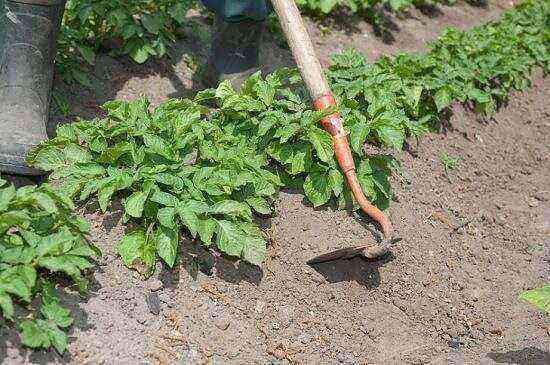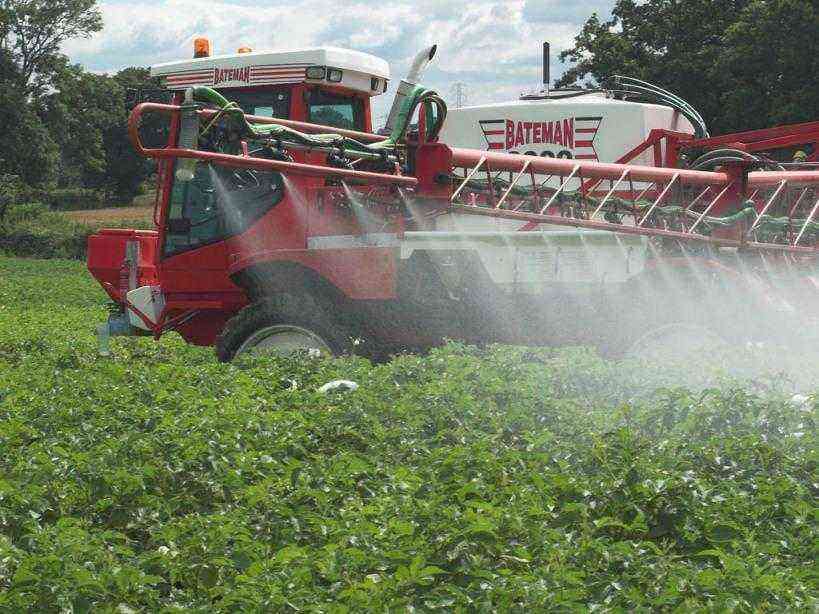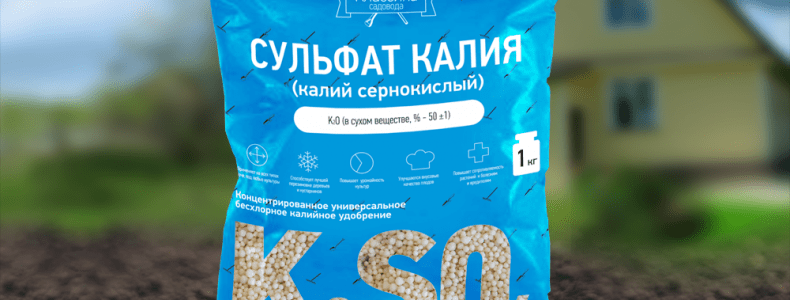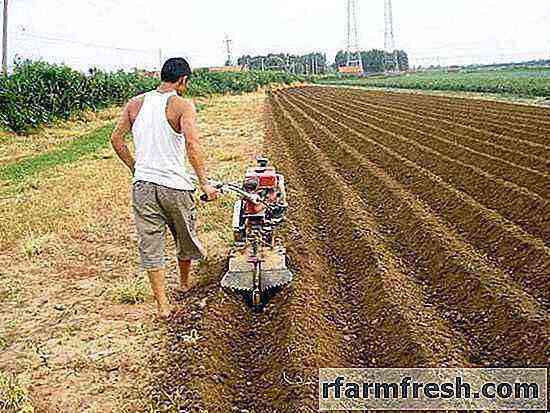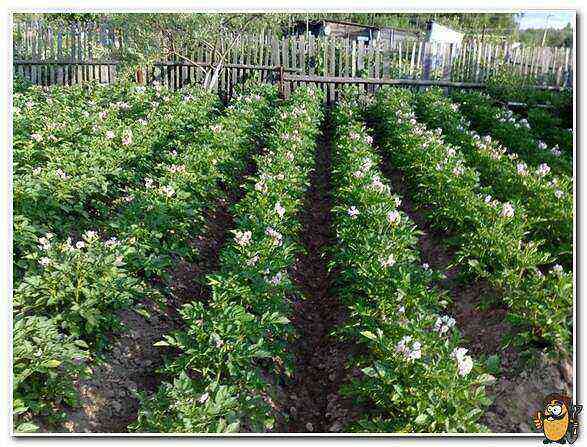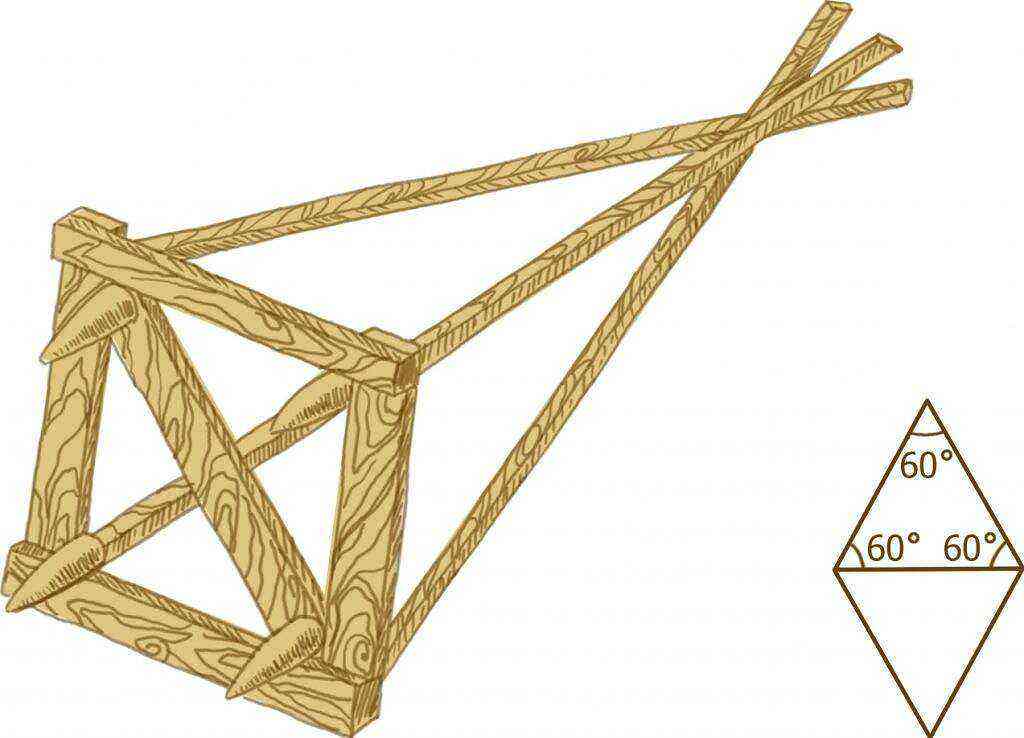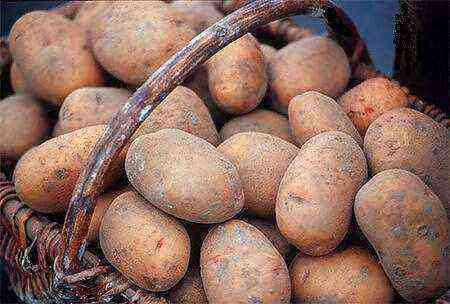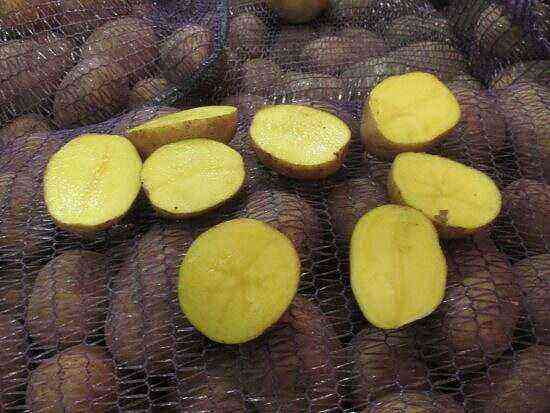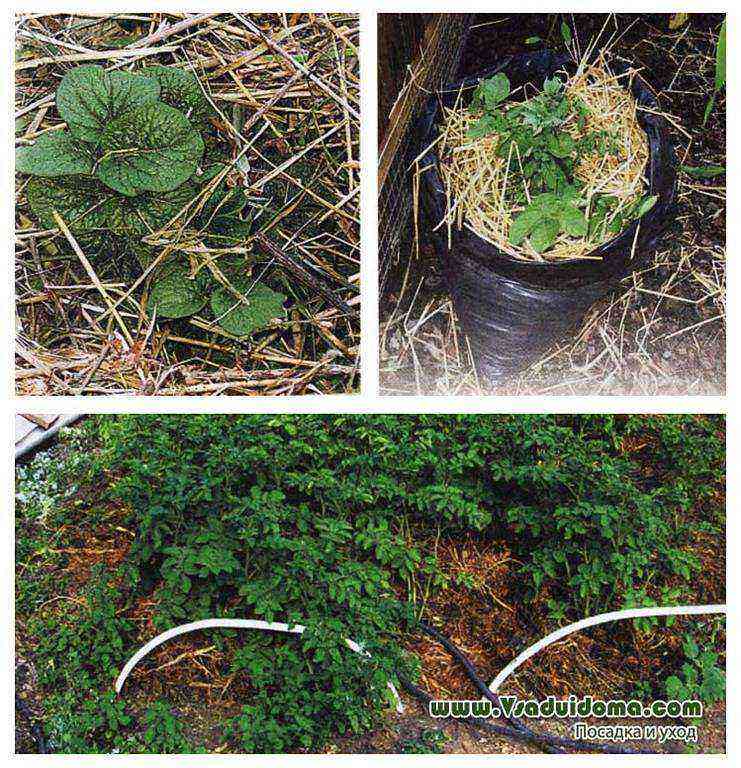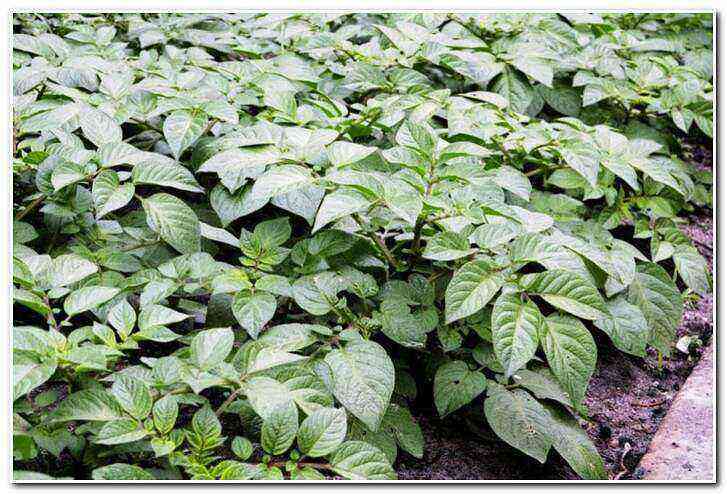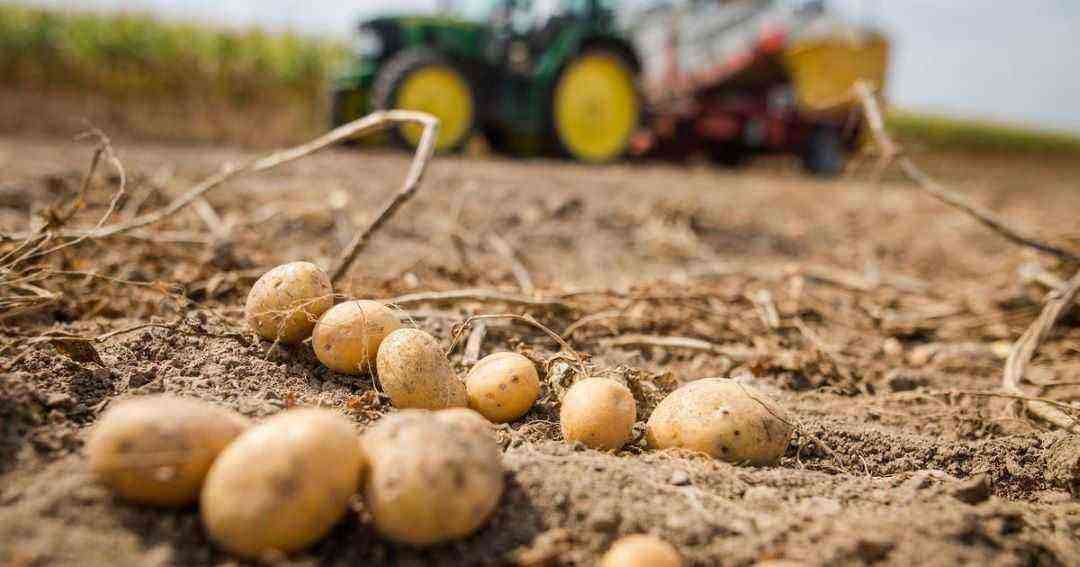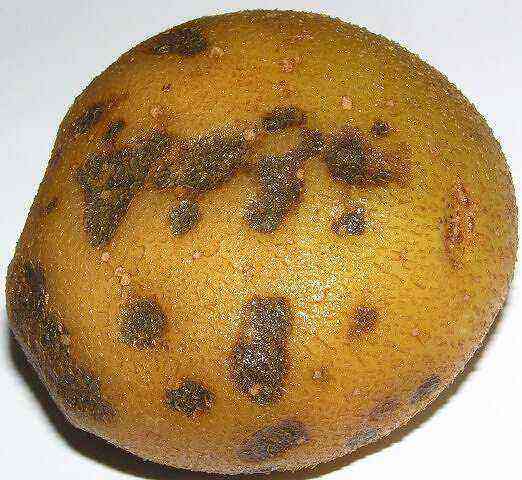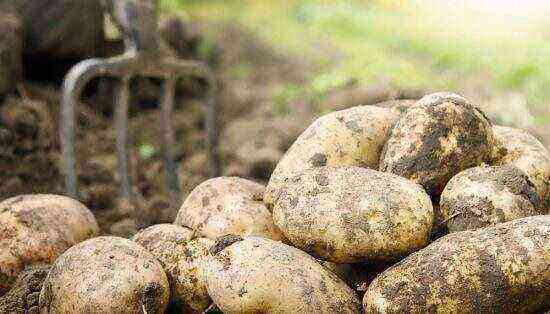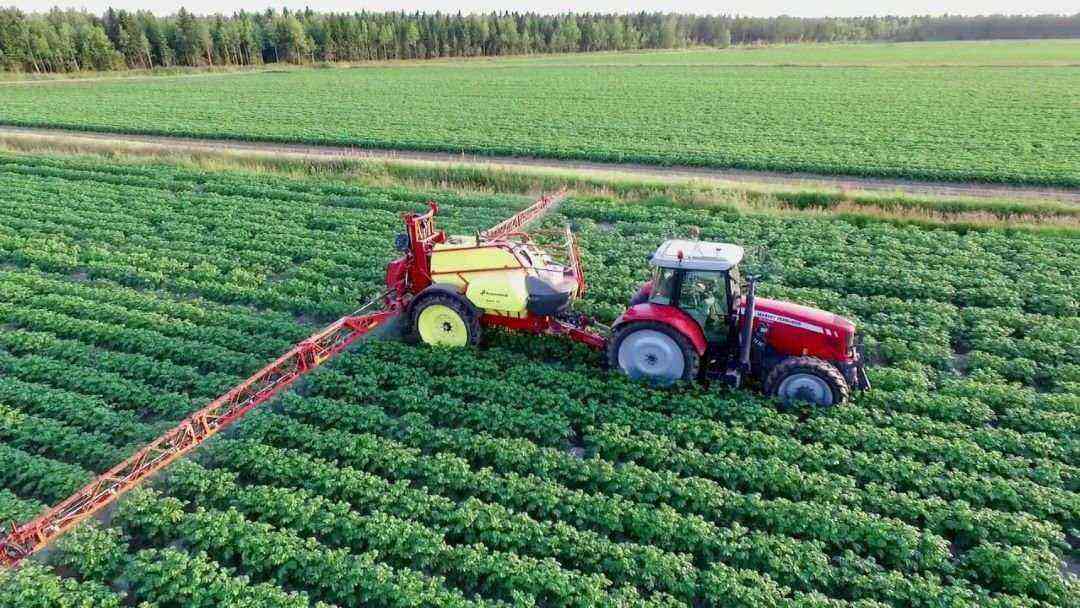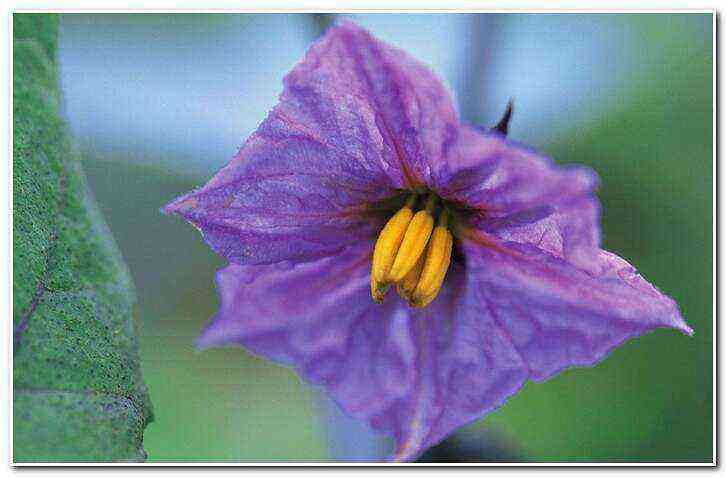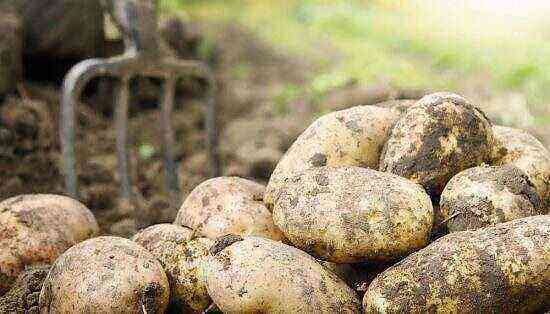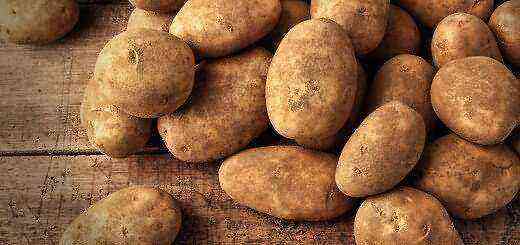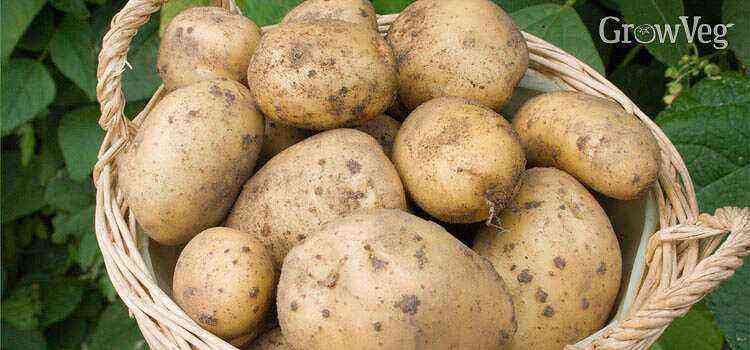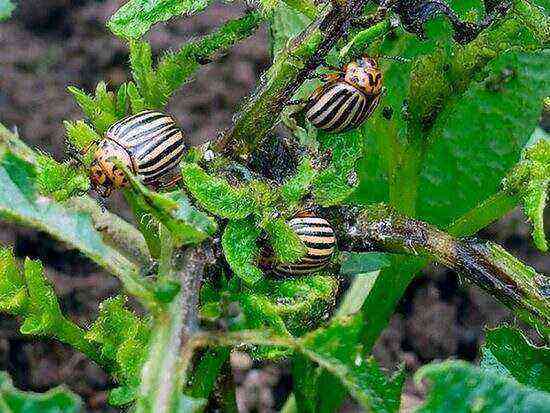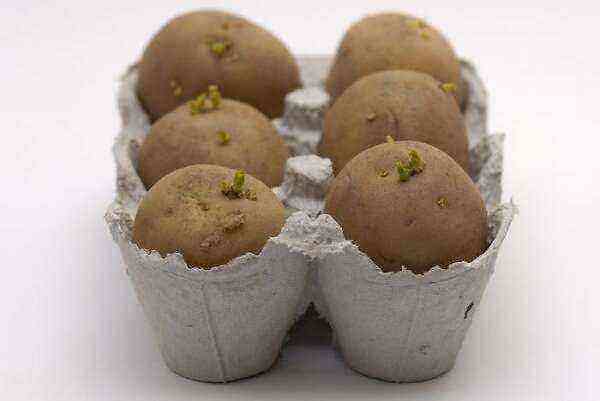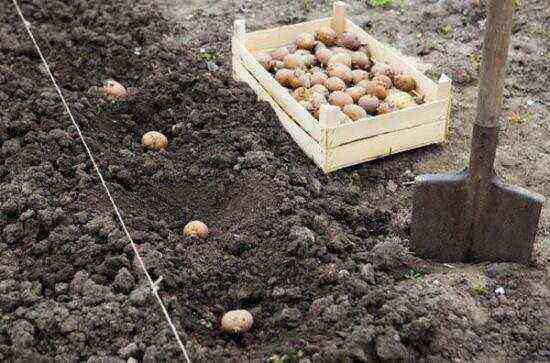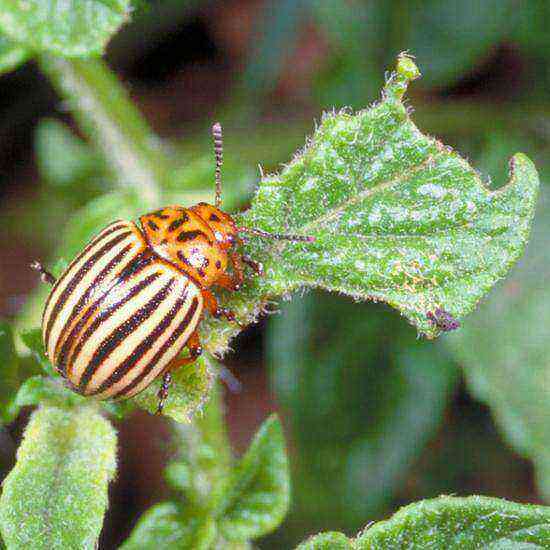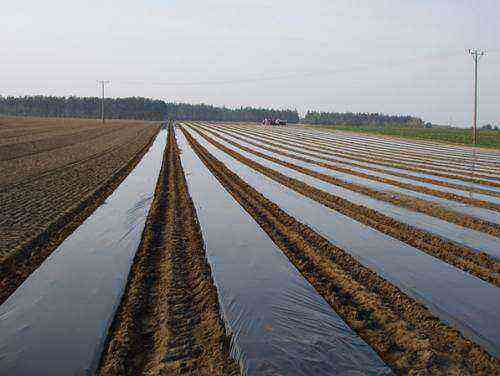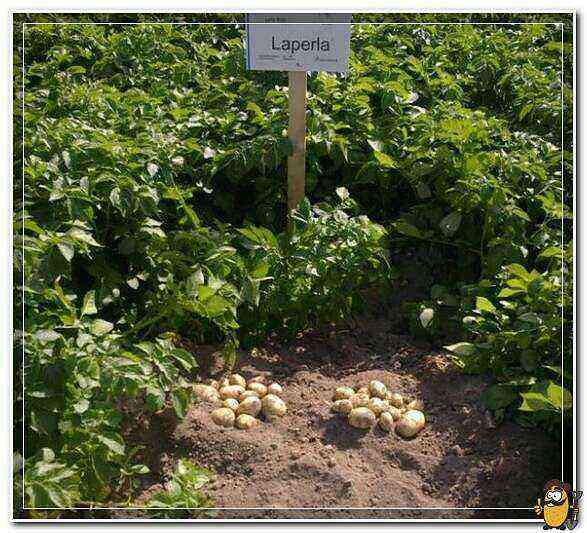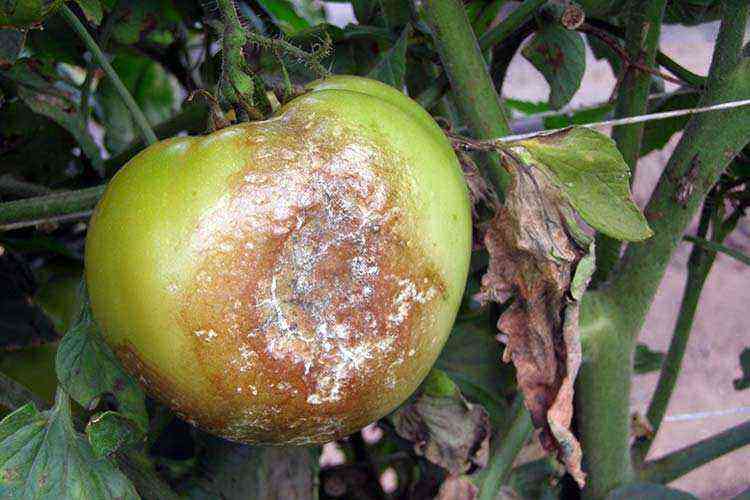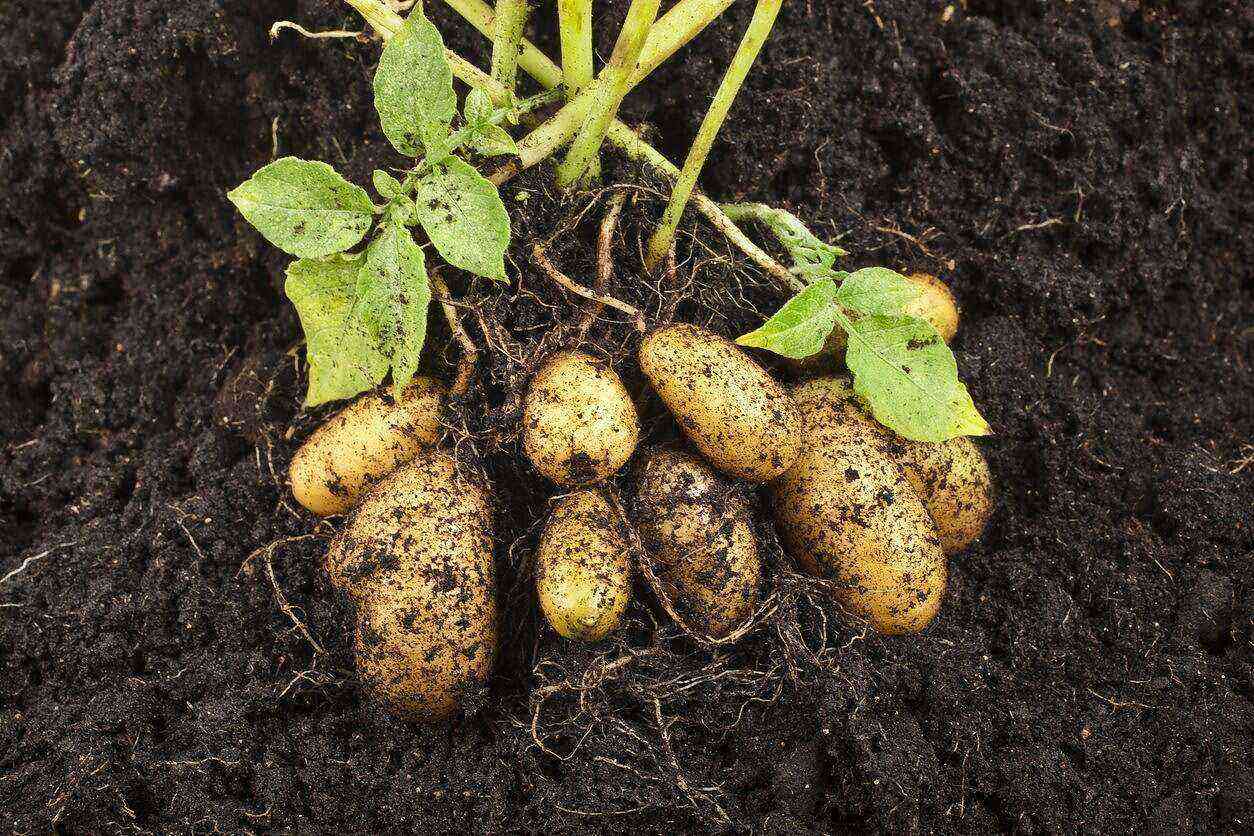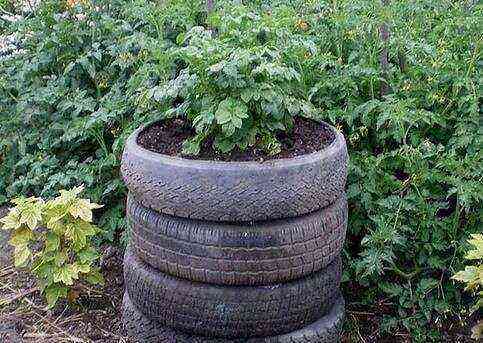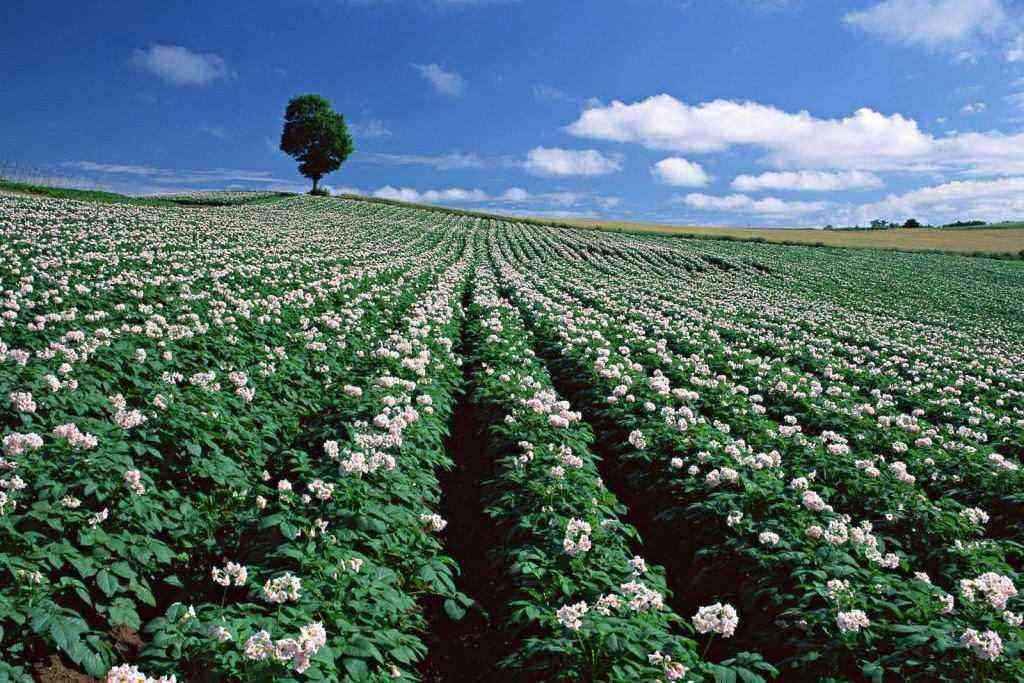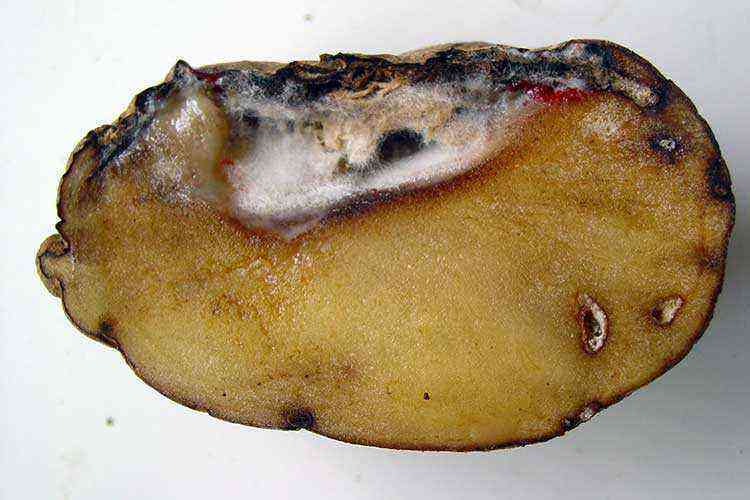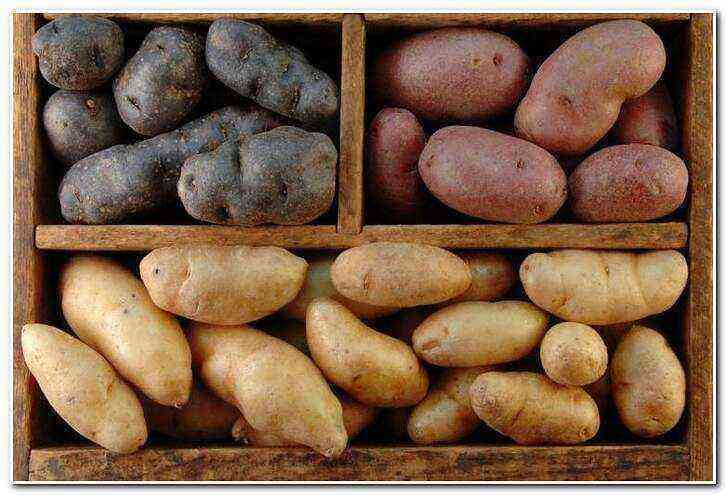The structure of the potato tuber, as well as the reproduction and care of the popular vegetable
Similar articles
2 – branch of the second order;
- After cutting off the extra ones, there are three sunflowers left …
- These are neighbors’ tomatoes of an unknown variety.
- We spread out in the sun an early harvest from three bushes of potato varieties “Red Scarlet” and “Rosara”.
- If, before the scheduled date of feeding, the potatoes are overtaken by frosts, you will have to wait three days and only then implement your plan. And, of course, a constant condition for high-quality foliar nutrition is the general health of the treated bushes – if they turn yellow or show any signs of any disease, feeding will not make sense.
Characteristics of potato tuber
Trace elements:
The specificity of the part of the plant that is being processed creates certain obstacles to the penetration of nutrients. This is due to the structure of the potato leaf – its epidermis consists of several layers of cells, the outer of which is covered with a special protective layer of cutin and wax. If this barrier is not overcome, the effectiveness of feeding will sharply decrease – only a third of the beneficial compounds will be absorbed by the plant. That is why it is so important to use special substances when feeding, which help to overcome the protection. Adjuvants – compounds that are used for this purpose – are surfactants (surfactants) designed to increase the speed and area of spreading of a drop over the surface of the processed sheet. In this case, simultaneously with the retention of the nutrient solution, the cuticular layer of the leaf surface is damaged, and fertilizer penetrates into the resulting gaps. Therefore, it is important to select the optimal adjuvant before starting feeding.
Manitou. This variety belongs to the Dutch. The bush is large with erect stems. The leaves are very large, dark green in color. It blooms profusely, the buds are painted in a reddish-purple tone. The tubers are large, rounded with a reddish-pink skin. Yellow pulp contains a lot of starch.
The giant. Ripening occurs 3 months after germination. The bush is tall, with erect stems and large leaves. The tubers are large, oval. The skin is smooth and sandy in color. The pulp is creamy and has a high starch content.
Description of potatoes of different varieties
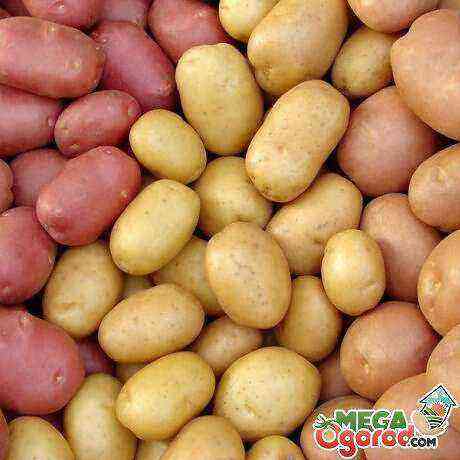
Potato varieties are divided into five types: early, mid-early, mid-season, mid-late and late. Each species includes many varieties. Many of them are suitable for cold regions, others for warm ones.
The potato has been known for many years. And for many, this product has become a favorite. This plant is unpretentious in care. This plant can be found at the dacha of almost every amateur gardener.
- Since the sunflower became very cramped, I had to thin it out a little. There are three plants left on the garden bed (half a meter) with cucumbers. We also thinned out the sunflower on the ridge with zucchini, cutting off the plants through one.
- A broken branch with a bunch of peppers. Didn’t have time to tie up 🙁
- Weighed the potato crop from three bushes – 1,71 kilograms.
The video tells in detail what minerals and trace elements are necessary for the full growth of potatoes, how and when to apply them.
- Manganese The leaves of a plant with a lack of manganese quickly turn yellow and fall off. At the same time, their veins remain green. This trace mineral is responsible for stimulating growth points and preventing chlorosis, but its main role is to ensure adequate circulation of sugars from the leaves to the potato tubers and the absorption of iron from the soil.
- Another feature of feeding is the choice of quality water. Do not use water obtained from stagnant reservoirs or characterized by high pH, increased content of organic compounds or salts, otherwise unexpected crystallization of the fertilizer may occur, which will lead to problems with the operation of the sprayer and the inability to continue feeding.
Watering potatoes is necessary in the pre-emergence period and during active growth. However, do not overmoisten the soil, this can lead to rotting of the tubers. Before harvesting, when the tubers are already ripe, the bushes are not watered. In areas where the soil has a high percentage of moisture, potatoes are planted on specially made ridges.
- Bulletin. Ripens in 85 days. The bush is tall, the stems are straight and thick. The leaves are large, painted green, not densely located on the top of the branches. This variety blooms profusely with reddish purple petals. The tubers are large, oval. The peel is rough, colored in a sandy tone. The pulp is light and contains a large amount of starch.
4 – top;
- We didn’t have time to collect ripe peas for planting. 🙂 The peas sowed themselves – opened the pods …
- Small, vegetatively propagated sweet peppers grow their peppers. The very first pepper turns yellow already.
- We were very worried that our potatoes were blooming poorly, and this could affect the yield from the bush. For the experiment, they also dug out a potato bush “Rosara”. Six medium-sized potatoes … Let’s hope that the remaining bushes will bring a bigger harvest, because until we dig them out and the tops are not completely infected with late blight. Moreover, we planted potatoes very late from the point of view of local gardeners – already on May 31. Therefore, early varieties tie tubers as mid-season.
We planted and thinned Chinese cabbage, then fertilized the entire ridge with the Mittlider mixture No. 2 together with the daikon
- Bor. With a lack of boron, the leaves are corrugated, and young shoots do not appear, because it is he who contributes to their formation. Boron treatment can increase potato resistance to drought as well as fungal diseases.
- Having chosen a source of high quality water, determine the volume of solution that is required to treat a specific area. For each hectare of land, it is necessary to prepare 300-400 liters of solution, taking into account that the more the upper part of the potato bush is wetted, the more effective the feeding will be. Depending on the stage of development of the tops, you can make a small adjustment to the volume of the working solution.
- It is also necessary to regularly loosen the soil around the bush and remove weeds.
Care of potatoes
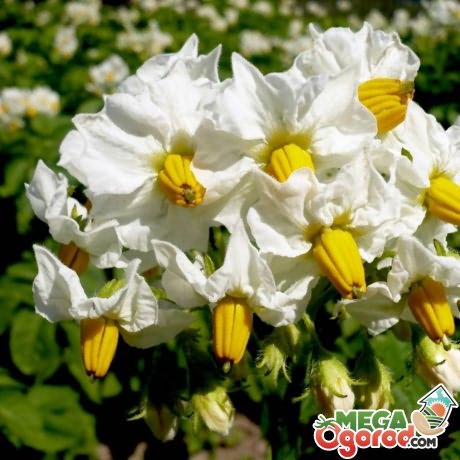
Prestige. Ripening period – 3 months. The height of the bush is average, the branches are large, slightly spreading. Leaves are oval, large, green. The tubers are oval, the skin is smooth, dark sandy in color. The pulp is yellow, starchy.
Antonina. Ripening takes place within 2 months after the first shoots appear. The bush of this variety is tall with erect stems. The leaves are large, located mainly on the tops of the branches. The tubers are large, oblong. The peel is rough, colored in a yellow-sandy tone. The pulp is starchy, yellowish.
Characteristics of potato tuber
Potato propagation
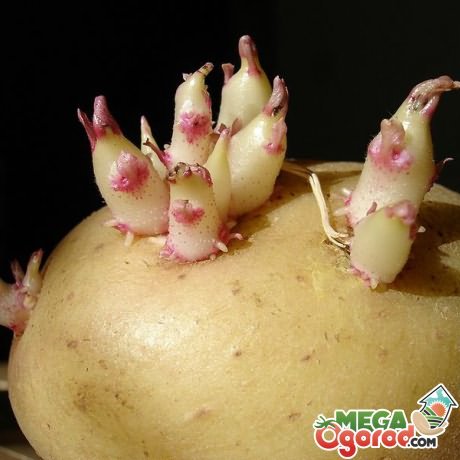
5 – overgrowth from the root (new zero branch)
Of the six planted, there are only three cabbage varieties “June” left.
And this “gold” hangs on the parent large bush of the California Miracle pepper.
But the potato “Velina” from seeds is still in bloom. And very beautiful. I hope she grows good seed for us.
Today we have planted Chinese cabbage “Victoria” in a checkerboard pattern at a distance of 35 cm from each other. Some bushes simply had to be pulled out, some were carefully transplanted into empty places. The Minovashi and Sasha daikons were thinned out, leaving a space of 5 centimeters between them. And then they fertilized the ridge with mixture No. 2.
Features of foliar nutrition of potatoes
Magnesium The formation of patches of pale yellow color between the veins of the formed leaves of the plant signals a lack of magnesium. Such an insignificant external sign, if you do not pay attention to it, will lead to leaf fall, significantly worsening the quality of the potato. Magnesium has such an effect on plant growth due to its participation in the formation of chlorophyll, which means that it is he who is responsible for photosynthesis and activation of enzymatic processes. Potatoes especially need to be fed with this microelement, because is a crop with a significant removal of potassium.
Foliar feeding technique
In addition to the correct choice of the concentration of the solution and the use of surfactants, it is important that the spraying is small droplets. Conventional sprayers for the most part meet this requirement and can be used for foliar feeding of potatoes.
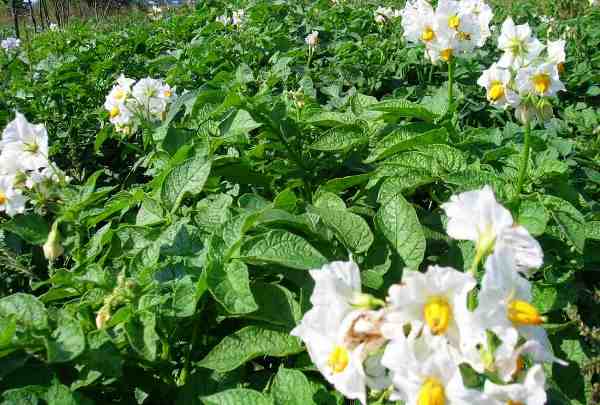
When the branches of the bush have grown by 10-15 cm, the plant is spud, that is, the bush is strengthened by adding earth. The plant does not need additional fertilization and feeding, since all chemicals can accumulate in the tubers. It is recommended to fertilize the soil before planting the potatoes.
Medium late potato varieties:

Vega. This variety has a short ripening period of only 55 days. The height of the bush is average. Erect branches are densely packed with dark green leaves. The tubers are sandy in color, their flesh is dark yellow. The variety is resistant to common diseases.
Description of potatoes of different varieties
How to feed
Fig. 35. Currant branch:

Flower structure:
- And it infects the neighboring pepper with “gold”. 😉
- Our potato-bean (spinach-coriander) beds! 🙂 In the background – sunflowers with zucchini.
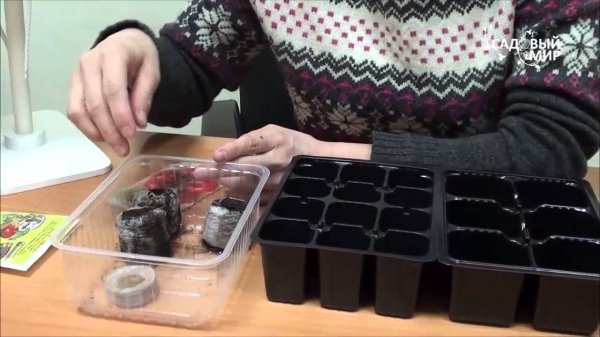
- Today we decided to dig out some potatoes, see how much they grew and how much you can expect from the bush.
Iron. It is easy to determine its lack by yellowed potato leaves, while their veins retain their natural green color.
- The treatment of plants with the selected fertilizers is carried out at a fairly low temperature (up to 20 ° C) and in cloudy weather. The moisture content of the soil should be high, so the optimal time for feeding is evening or morning.
- Potatoes are propagated by tubers and seeds. Seeds are formed after flowering on the aerial part of the bush. But mainly reproduction using a tuber is used. Each potato has a groove with buds from which shoots sprout.

- Arsenal. A bush with tall branches that can be erect or semi-spreading. The leaves are large, oblong-oval, painted in a green tone. The tubers are large, oblong. The skin is yellowish, the flesh is light.
- Vineta. An early variety, ripens 50 days after germination. Medium-sized bush with branchy branches. The leaves are colored light green. Oblong, oval, wavy. Medium sized tubers with yellow skin and light creamy starchy flesh. The variety tolerates drought well.
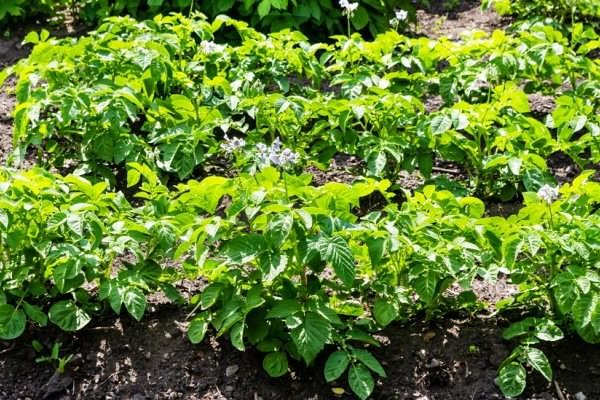
1 – growth zone;
making Dates
Perianth double. calyx and corolla are spliced. (5 petals) covering some semblance of a tube.We lost one of the three branches of a large pepper bush. The branch could not bear its weight and broke off. To this tragedy was added the discovery of a couple of rotten fruits after the cold weather.

The Velina potatoes turned out to be quite motley. Some bushes stand out well – this is the first, second and fourth bush (from the house) – they have many branches and flowers, they are least affected by late blight. Some bushes are sick and frail, and some stopped in development and just dried up (third). The first potato bush from the fence is the oldest bush, it grows very interestingly – it partially dies off, and immediately grows new branches with flowers. An anthill lives in its roots, this plant is the only one that survived and sprouted from a seed after a severe heat treatment, set fruits, so I think it has pretty good genes.
I decided to dig a little first and make sure that there are potatoes at all. We chose a bush almost killed by late blight.
Video “Mineral nutrition of potatoes”
Copper. With a lack of this trace element, young shoots die off, and the leaves become noticeably paler, twisted.
Trace elements are contained in the plant in minimal quantities, and the same insignificant amounts are required for replenishment. However, despite this, each trace element is indispensable and performs unique, strictly defined functions, which means that each of them is important for plant growth. Microfertilizers are most often applied together with the basic elements necessary for good nutrition of potatoes. Both those and others are easy to pick up, paying attention to the appearance of the bushes of the plant – he will tell you exactly what they are missing.
In the spring, such potatoes are planted 1-2 times in the holes, sprouts up. It is necessary to leave a gap of 35-40 cm between the bushes. 60 cm between the rows.
Bafana. This variety ripens 4 months after the first shoots appear. The bush is tall, slightly spreading stems. The leaves are large. The tubers are oval, their skin is yellow. The pulp is light with a high starch content. The variety is resistant to many diseases.
Strong guy. Tall shrub with erect stems. Yields a harvest within 55 days after germination. Leaves are medium in size, oblong, colored green. Tubers are medium in size, elongated, with a yellow skin and white flesh.
Potato propagation
2 – growth and fruiting zone;
And the formula and diagram of the flower, like that of other nightshades.
So cucumbers filled the greenhouse … 🙂 Nice …
What is remarkable about planting potatoes from seeds is that you can get plants that are completely different, with bad or, on the contrary, wonderful qualities. You just need to carefully monitor the development of each bush in order to choose the best in all characteristics, tenacious, productive, resistant to beetles, tasty in the end! 🙂 After choosing the right one, we will propagate it vegetatively for several years, that is, we will grow the same plant, the same one that grew from a seed.
This potato was dug from a Red Scarlet bush. The most murdered of all, so that it would not be a pity.
It is important to remember that different elements are metabolized in different ways. So, nitrogen, sodium, magnesium are characterized by the highest rate of penetration through the leaves, and potassium and trace elements – the lowest. This, however, does not detract from the main advantage of foliar nutrition for potatoes – even the slowest in assimilation elements enter the plant faster than when feeding from the soil.
Main elements:
When planting, it is necessary to choose a variety that is most suitable for the region where it will grow.
Veteran. Medium-sized bush. The branches are erect and semi-spreading. Leaves are medium in size. Tubers are medium in size, oval, oblong. The skin is yellow, smooth. The pulp is light.
Medium early potato varieties:
Condition of tomatoes
The potato is a herbaceous bush that belongs to the nightshade family. The branches of the bush can be spreading or erect, it all depends on the variety. Potato leaves and tubers also differ. In the upper part of the branches there are peduncles with small buds. The fruits of potatoes are small round berries, up to 2 cm in diameter.
3 – fruiting zone
The flower is correct. stamens 5, pistil 1. superior ovary.
Gathered the third harvest of cucumbers! 🙂 Even more!
Pepper “California miracle”
This is a ridge of Bull’s Heart tomatoes in a shelter. The fruits are set and grow.
For some reason, one bush seemed to us not enough, and we decided to dig out another nearby bush “Red Scarlet”.
Depending on the type of soil, the timing of foliar top dressing of potatoes will vary. Therefore, when choosing the correct time, it is necessary first of all to focus on the phases of shoot development.
Nitrogen. In case of a lack of this element, young shoots stop appearing, and the leaves of the potato acquire a pale green tint. There may be a sharp drop in the ovary. This is due to the importance of the role of nitrogen as the main element for the formation of most organic compounds. It is he who determines the volume of the future harvest. Urea is often used for nitrogen fertilization.
Having picked up the wrong variety, there will be many problems with diseases and pests. Potatoes are treated for diseases and pests in the early period. That is, the bushes can be sprayed before the flowers appear. But recently, a lot of biological products have appeared that can be applied during and after the flowering period of the bush. These preparations are natural and their substances do not accumulate in the tubers of the plant.
Third harvest of cucumbers
Late potato varieties:
Visa. Ripens in 75 days after germination. The bush of this variety is small, the leaves are medium in size. The tubers are large, rounded, oblong with a smooth, red-colored skin. The pulp is creamy. The variety is resistant to disease.
The first crop of trenches
Leaves are not used for food, since they have toxic substances in their composition. The structure of the potato tuber is approximately the same for all varieties. The growing season, the color of the pulp, the shape and color of the skin differ.
The black currant bush (Fig. 34) consists of 12-15, and sometimes even 20-25 branches of different ages. Zero branch, then
Red Scarlet has bloomed all over us – the only one of all varieties planted with tubers. Rosara and Carlita (superelite) did not bloom at all, dropping all the buds that were outlined. And Skarb had only one bush in bloom. Therefore, we first of all decided to see what the half-dead, but faded, Red Scarlet bushes gave birth to us. They chose the most ugly ones so that it would not be a pity, after all, digging up, you kill the plant and do not allow it to grow tubers, no matter what they are – small peas or medium, consumer sizes.
The potato bush receives the main share of the elements at the stage of tops growth. When the bush begins to bloom, about 50-60% of the basic elements have already been absorbed and foliar feeding will be less effective. The optimal time for fertilizing is the very beginning of bud formation.
potato flower structure
Secret
Phosphorus. With its lack, potato leaves stop their growth, you can observe the formation of areas with dying tissue on them. Phosphorus is responsible for the development of the root system and the strength of the flower shoots. A sufficient amount of this element will ensure early fruiting, increase the resistance of potatoes to diseases and various mechanical damage. Also, phosphorus treatment will allow the plant to accumulate more useful energy and protect it from the harmful effects of low temperatures.
More information on breeding potatoes can be found in the video.
Atlant. Ripens 4 months after germination. The bush is medium in size, the branches are slightly spreading. It does not bloom thickly, the buds are painted in a white tone. The tubers are large, the peel is thick, colored yellow. The pulp is light beige, starchy.
Nevsky. Maturation occurs in 80 days. The variety is popular and has a high yield. Stems are straight, branched, low. Small leaves are colored green. Tubers are medium to large in size, oval, white-yellow skin. The pulp is light, starchy.
The tuber is formed on the underground part of the stem.
